Canine evolution may be shifting under modern life.
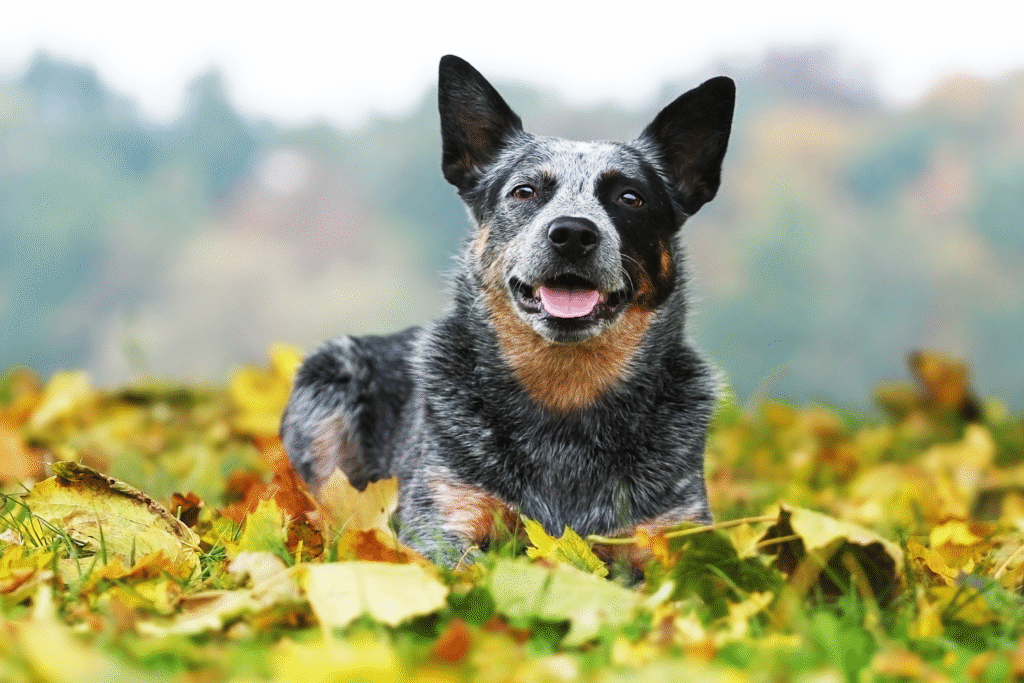
A new wave of scientific research suggests that dogs might be entering a new phase of evolution shaped not by rural labor or selective breeding, but by human companionship itself. Unlike their wolf ancestors, dogs today live in cities, apartments, and family spaces that reward calmness, empathy, and social intelligence. Scientists believe these environments are creating pressures that subtly rewire behavior and biology.
This transformation, while quiet, could be the most significant since domestication began. It hints that evolution continues under our noses, sculpted by affection, cohabitation, and the increasingly human world dogs now navigate with us every day.
1. Dogs show shifting social behavior toward humans.

Modern research shows dogs are becoming more emotionally attuned to humans than ever before. In controlled experiments, scientists observed that pet dogs now rely on human guidance more consistently than working breeds or wild canids. According to the American Psychological Association, social evolution in dogs may be accelerating through constant human proximity, rewarding traits like patience and attention. Dogs that naturally exhibit empathy or calmness thrive and reproduce more frequently in these settings.
This change reflects evolutionary selection through environment rather than breeding alone. Human life, with its routines and emotional rhythms, now acts as a powerful evolutionary filter.
2. Genetic change in oxytocin systems may be underway.
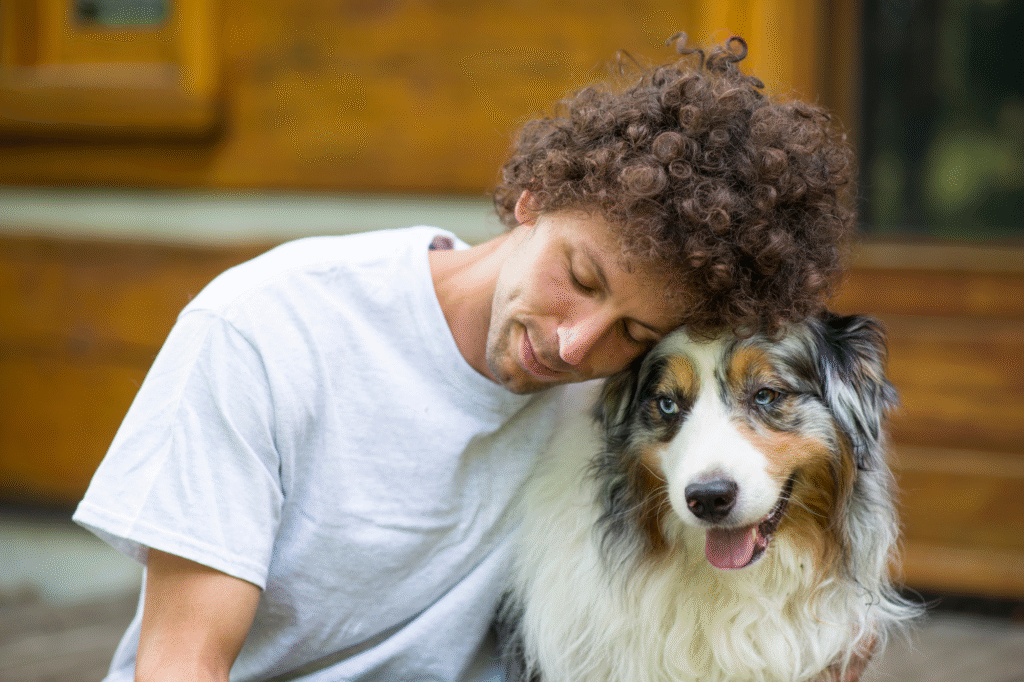
The oxytocin receptor gene, which regulates bonding and social response, appears to vary between modern pet dogs and their ancestral counterparts. Researchers found that dogs showing higher oxytocin sensitivity were more cooperative and trusting during social tests. These behavioral differences correlate with specific receptor variants that are spreading in pet populations faster than expected, as reported by the University of Helsinki.
Over generations, that pattern may shape a population of dogs genetically inclined toward emotional synchronization with humans. In evolutionary terms, this is a subtle but measurable shift in what defines survival success among domesticated species.
3. Brain and cognition traits are being rebalanced.

Studies in canine neuroscience have revealed structural differences in brain regions linked to problem-solving and empathy. As stated by the Max Planck Institute for Human Cognitive and Brain Sciences, pet dogs demonstrate increased activity in areas associated with social recognition and learning flexibility compared to earlier working breeds. These neural changes suggest the brain itself is adapting to new roles centered on companionship.
Over time, such brain specialization could amplify emotional intelligence and cooperative understanding. In essence, evolution is quietly prioritizing communication and connection over endurance and aggression, aligning brain function with the human emotional world.
4. Morphology might follow behavior’s lead.

Evolution often reshapes body form to support behavioral adaptation. As dogs lean toward gentler temperaments and lower energy lifestyles, body traits may eventually reflect that shift. Subtle changes could appear in muscle density, cranial shape, or sensory balance to match new social roles. For example, breeds thriving in family homes may favor smaller frames and expressive faces that enhance emotional communication.
These transformations are gradual but cumulative. Behavior comes first, form follows. Each generation grows slightly more suited to indoor life, modern diets, and emotional companionship, redefining the physical blueprint of what the future dog might look like.
5. Disease and health traits will likely evolve too.

As lifespans extend and veterinary care improves, survival pressures are changing. Dogs that adapt well to long-term health management and modern diets are more likely to thrive and reproduce. Over time, this could strengthen genetic resistance to chronic diseases like diabetes and cancer. Environmental exposure to artificial food, light, and stress also influences which genes are favored for resilience.
Scientists studying canine genomics believe this quiet selection is already underway. The modern pet dog’s biology is learning to coexist with the chemical and emotional landscape of human households in a way evolution could not predict before.
6. Breed boundaries might blur under new pressure.
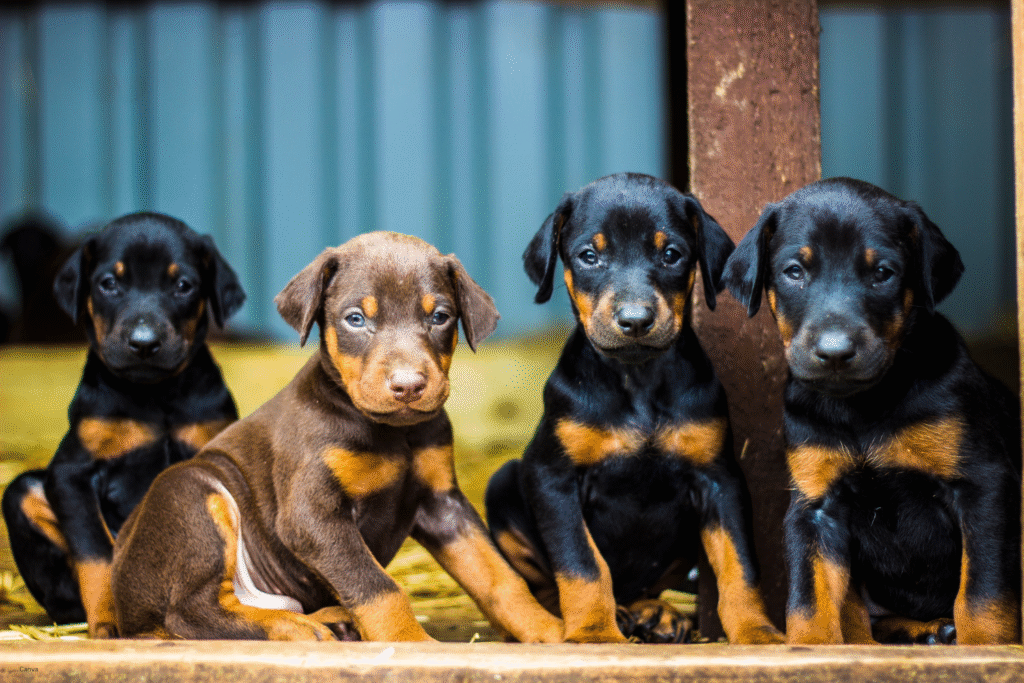
Rigid breeding standards are increasingly challenged by the realities of hybrid vigor and mixed genetics. As humans emphasize health, longevity, and companionship over pedigree, natural selection may begin to counteract artificial breeding limits. Traits like stable temperament and disease resistance may outcompete purebred aesthetics.
Crossbreeds that thrive under varied conditions are spreading these adaptive genes across populations. Over time, genetic blending could restore a kind of evolutionary fluidity, allowing future dogs to evolve faster in response to real-world conditions instead of narrow human design preferences that once constrained them.
7. Feral and free-ranging dogs will act as evolutionary tests.
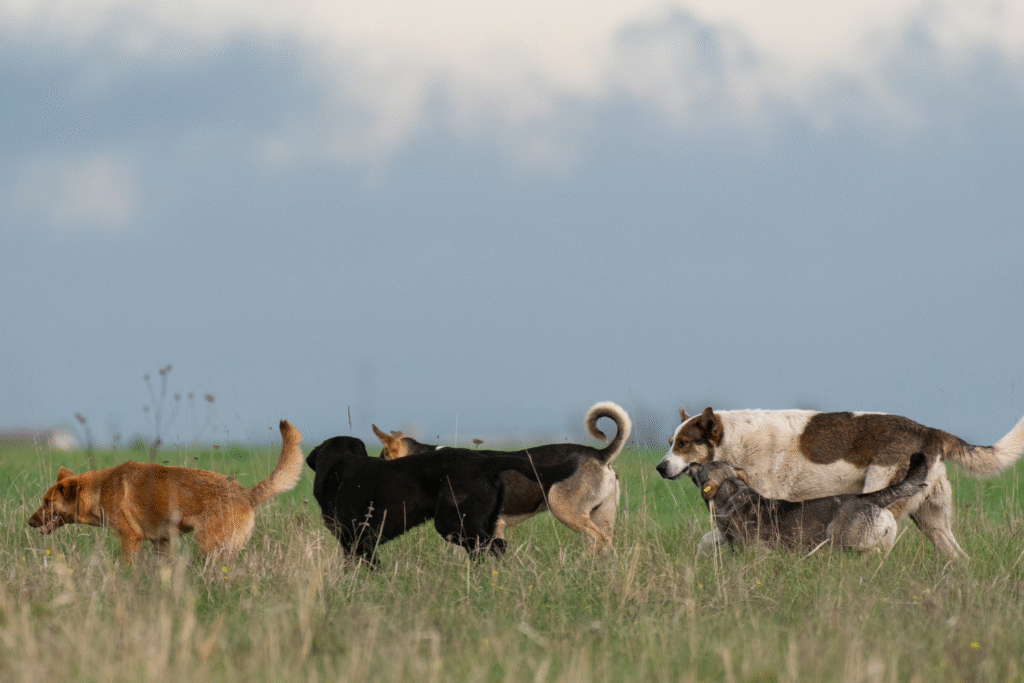
Populations of free-ranging dogs offer a rare glimpse into how evolution proceeds with minimal human interference. In cities like Istanbul and Delhi, these dogs adapt to survive independently while coexisting alongside people. They display emerging behaviors such as cooperation, food sharing, and human tolerance. Observations suggest that they may represent a preview of natural selection’s next steps.
Unlike controlled breeding, these dogs evolve in direct response to urban pressures. Their resilience, intelligence, and adaptability may foreshadow how domestic dogs could evolve if left to navigate human environments without structured human management.
8. Epigenetic changes could accelerate adaptation.

Epigenetics, the science of how experiences influence gene expression, adds another layer to this evolutionary story. Dogs living in stressful or enriched environments may pass subtle biochemical changes to offspring through epigenetic tags that alter gene function without changing DNA. Studies in comparative biology have already shown shifts in stress regulation among domesticated mammals.
This process can rapidly adapt physiology to social conditions. If environments consistently reward emotional balance and social intelligence, epigenetic inheritance may help dogs evolve faster, syncing behavior and biology within just a few generations rather than millennia.
9. Evolutionary pressure may differ by lifestyle niche.

The diversity of canine lifestyles creates multiple evolutionary paths. Urban lap dogs, suburban family companions, and rural guardians each face distinct environmental pressures. City dogs may evolve enhanced communication and stress tolerance, while working dogs may retain problem-solving and stamina genes. This divergence could mark the beginning of micro-evolution within the species.
Such variation ensures long-term survival across global contexts. Evolution does not move in a single direction; it splinters and experiments. Dogs are diversifying again, this time not by breed design but by the environment itself dictating success.
10. The dog-human bond may drive coevolution.
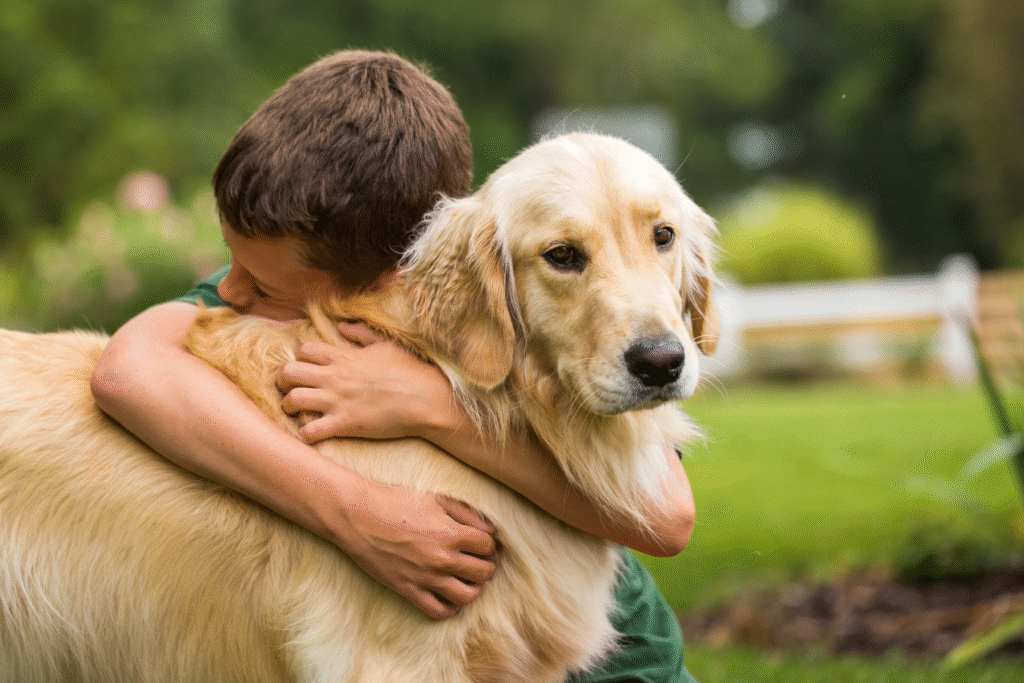
Every adaptation in dogs subtly mirrors human evolution. Our emotional cues, communication styles, and social expectations create pressures that favor dogs who understand us better. As that relationship deepens, humans also change, psychologically, socially, and even neurologically, through constant cohabitation. Scientists now view this as a genuine case of interspecies coevolution.
The next era of evolution may not be about survival alone but about connection. Humanity and dogs are rewriting what it means to evolve together, not as separate species shaping each other’s destiny, but as partners in one ongoing biological story.
